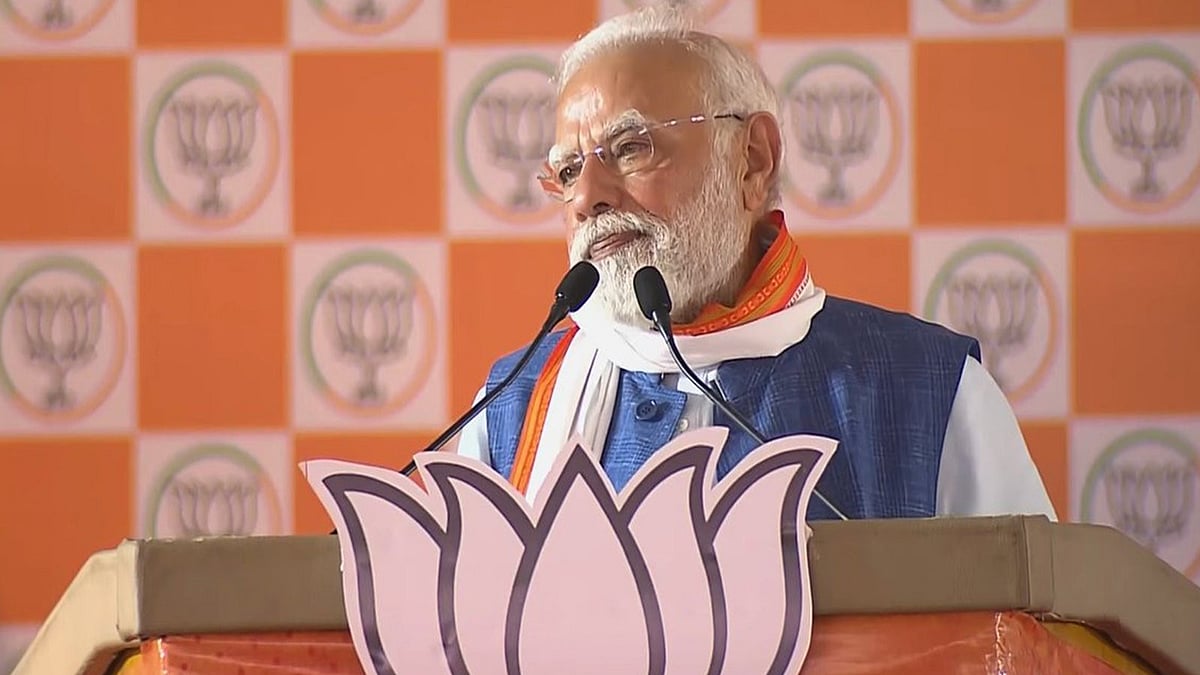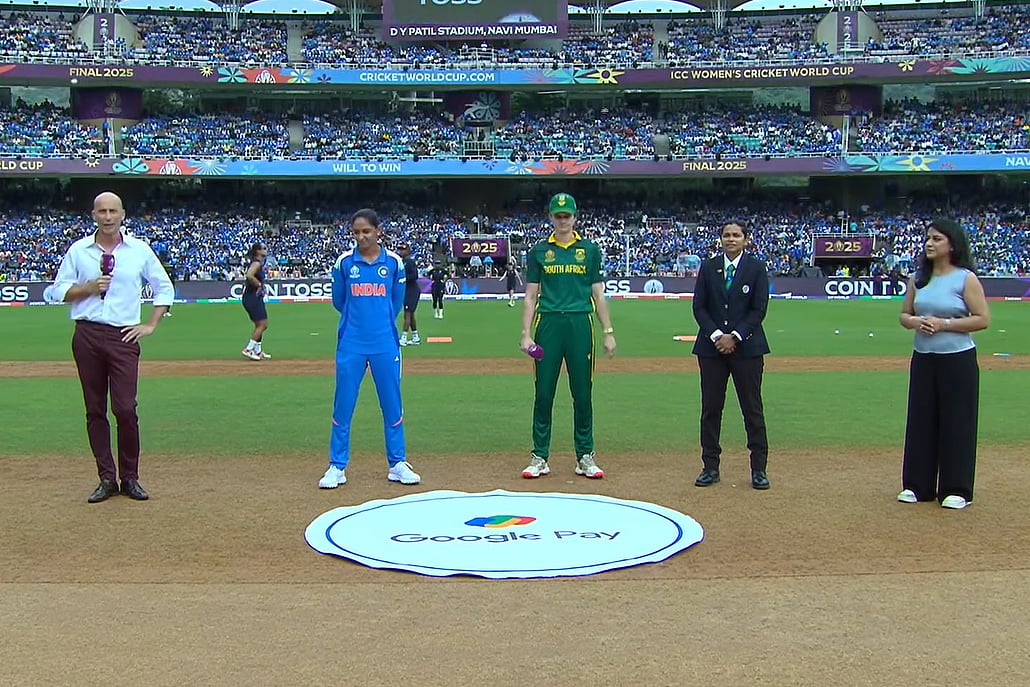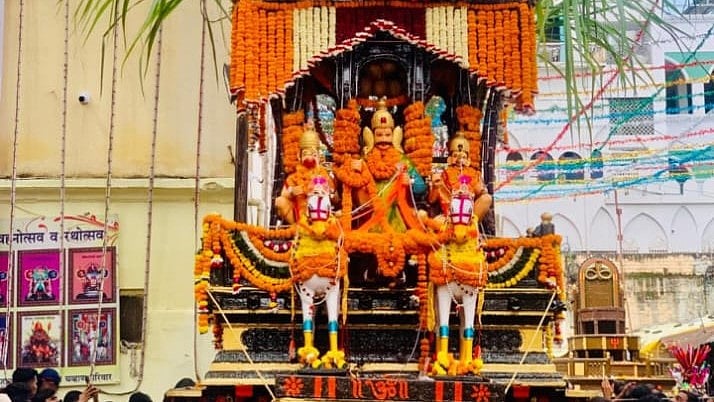The Wagh Nakh, a tiger claw-shaped weapon associated with Chhatrapati Shivaji Maharaj, is set to arrive in Maharashtra from London on July 19. It will be showcased at the government museum in Satara in the presence of descendants of the warrior king.
This particular set of claws has long drawn interest from scholars due to the leather case made for them in the 19th century, which claims that they are the same claws used by Chhatrapati Shivaji Maharaj during his historic battle and triumph over Afzal Khan in 1659.
.jpg)
What does historical accounts say?
According to historical accounts, the Maratha king and Khan, a commander of the opposing Bijapur army, had arranged a truce after political upheavals in order to meet in a tented enclosure, virtually alone. Chhatrapati Shivaji Maharaj held the wagh nakh concealed in his hand and is said to have disemboweled Khan.
It is believed, though unverified, that the set of claws then came into the possession of James Grant Duff, an officer of the East India Company who was appointed resident or political agent of the Satara state in 1818 and gifted to the V&A by a descendant.
The last Peshwa of the Marathas, Bajirao II, surrendered to the British in June 1818 after defeat in the Third Anglo-Maratha War and was banished to Bithoor near Kanpur. It is possible he also surrendered this weapon to Grant Duff.
Historian Indrajit Sawant recently said the wagh nakh being brought to Maharashtra does not belong to Shivaji Maharaj as the original one is with the descendants of the Maratha warrior king in Satara.
Sawant also claimed the wagh nakh was being brought to the state on a loan agreement of ₹ 30 crore for three years.
Currently, the claws are kept at the Victoria and Albert (V&A) Museum in London. Last year, Maharashtra Minister for Cultural Affairs Sudhir Mungantiwar signed a memorandum of understanding (MoU) with the museum for a three-year loan agreement for the weapon, as part of Chhatrapati Shivaji Maharaj's 350th birth anniversary celebrations.







.jpg)

